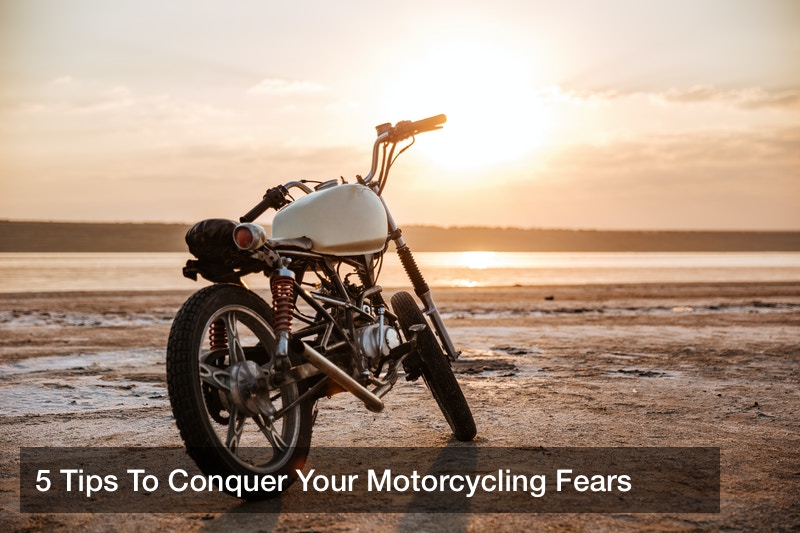
If you’re just getting started with snowmobiling, you’re going to love it. There are many snowmobiles for sale, and finding the right one means finding the one that’s best for you. Here are some frequently asked questions to help you get started.
Where Do I Go to Snowmobile?
You can have fun with a snowmobile nearly anywhere that snow regularly falls. The best way to get information on trails and riding regulations is to talk with state snowmobile associations. Not only can these be good links if you want to find the perfect snowmobile for sale, but they also provide a connection to a whole system of local clubs in areas you might be visiting. These clubs can tell you everything you need to know about where to snowmobile. They’ll be able to tell you where trail heads are, the proper towing areas, parking regulations, and how trails are marked in their state or municipality. North America has over 3,000 such clubs, so it won’t be hard to find one in the area you want to ride.
What Kind of License Do I Need?
Quite naturally, you’ll want to know the regulations before you look at the machines at the local snowmobile dealer, so know first of all that every state required a snowmobile to either be licensed or registered in some way. As far as the requirements for you personally, these vary by state. The smart thing to do, again, is get in touch with your local snowmobile association to find out all the relevant regulations for your machine and for you. Some areas will require you to take a safety class before you can get a license or register your machine.
Who Makes Snowmobiles?
There are really just four major players when it comes to snowmobiles. If you go to your local snowmobile dealer you’re liable to see machines by Yamaha, Polaris, Arctic Cat, and Ski-Doo. All four make excellent machines and are usually available at all snowmobile dealers, so your personal choice will come down to what type of snowmobile you want.
What Kind of Machine Do I Want?
- Entry-level These are also called trail models and are easy to ride and pretty inexpensive. They tend to be light easy to use.
- Performance These have more horsepower than the trail models and are heavier, too. They are fairly responsive, and they come with good shock absorbers and suspension.
- Mountain These are longer and narrower than other models and are made for tough terrain and deep snow. They’ll work well in deep snow and high altitude, but won’t be as maneuverable.
- Touring These have seats for two and have side mirrors and bigger windscreens. They’re quite a bit heavier and not as maneuverable for tight rides.
- Crossover These are made to switch from trail riding to powder. They have extra suspension and good handling but will be heavier than trail snowmobiles.
- Utility As the name suggests, these are made for working. They work well on trails and heavy snow and can be used as tow sleds. They are typically less maneuverable and longer than other machines.
What Clothes Do I Need?
The clothing you choose will depend on where you ride, and your snowmobile dealer can help you choose the right clothes for your machine and riding needs. In general, though, you’ll need good gloves and boots, a warm jacket, and bibs–pants which extend up the chest and back. You’ll also need a good helmet.
How Much Should Everything Cost?
There will be plenty of new and used snowmobiles at the snowmobile dealer. You can get a used one for as little as $2,000 and a top-of-the-line model new for as much as $10,000. You’ll also need a trailer, plus your gear and accessories, so it’s probably wise to budget another $1,300 in addition to the cost of the machine itself.
How Do I Keep it Running?
Check about your specific machine with your snowmobile dealer, but, in general, maintain it as you would any other vehicle. Service it regularly with a licensed mechanic and always check out everything carefully at the start of the season.
You’ll love snowmobiling. It’s freeing and exhilarating, and a great way to spend a winter afternoon. Get the right machine for you and got out on the powder this winter.
